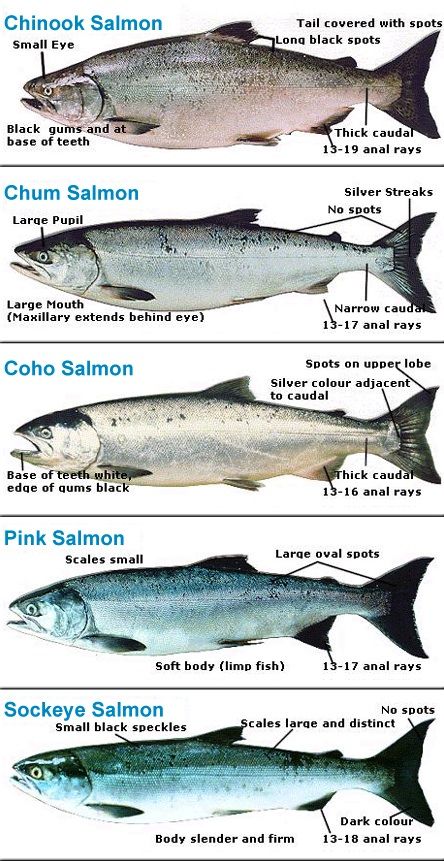
When we first started promoting our fish at farmers markets, salmon was all the rage. It was on every restaurant menu and in every supermarket across and country. The challenge then was that the only widely available salmon was farmed raised. Farmed salmon is a genetically engineered Atlantic salmon grown in net cages in the open ocean off the Pacific coast of Chile (mostly). You may have seen wild salmon canned or “fresh” in the fish counter on occasion. Back in the early 2000’s, we spent many hours discussing the superiority of Wild Salmon over farm-raised with consumers. Well, times have changed rather quickly and now it seems that a large share of seafood consumers are well aware of the wild vs. farmed debate and consistently seek out sustainably harvested wild Alaska salmon. As you probably know, wild salmon has higher omega-3 oils and better nutrition, it’s more eco-friendly and has a superior flavor and texture. What you may not know is that there are 5 species of Wild Pacific Salmon caught in the cold waters of the Pacific Ocean around Alaska. We’re commonly asked, “which one is the best?” There is no simple answer, but we can certainly help you determine your favorite salmon. Here is a basic overview:
1) Sockeye or Red Salmon is the darkest red and has the most powerful salmon flavor. Due to its high omega-3 oil content, sockeye is widely considered the “healthiest” salmon. These fish migrate tens of thousands of miles across the Pacific Ocean during their 2-3 year lifespan. Sockeye is our favorite salmon for sashimi, though we do grill or pan sear it often. Worldwide, sockeye is the Japanese preferred salmon.
2) Coho or Silver Salmon is slightly lighter, milder and has about half the omega-3 oil of sockeye. Coho tends to be juicy and flavorful when cooked. Coho is our favorite salmon for baking, grilling and smoking. Worldwide, coho is the American preferred wild salmon.
3) Keta or Silverbright Salmon (known in Alaska as chum salmon) is very mild and has 0.6 grams of omega-3 oil per serving (about 10 times more than most whitefish). Due to its mild taste, we think keta salmon makes an excellent substitute for cod or halibut and has superior nutrition. The flesh turns a very pale pink when cooked and it does well with a sauce or poached in white wine and water. Keta is our favorite salmon to prepare for guests who may or may not like salmon. Kids love it too. Worldwide, keta salmon is the favorite of Europe, particularly France.
4) Pink Salmon has traditionally been canned, as it is the most abundant species of wild salmon. We recommend canned wild salmon over any farmed salmon every day of the week. Pinks have a 2 year lifespan and are the smallest of the 5 wild Pacific salmon species. Pink salmon has a good omega-3 oil content and provides a lot of high quality protein. It’s our favorite salmon for chowder, salads and omelets. Typically, we wholesale all of our pinks to the cannery at the time of harvest.
5) King or Chinook Salmon is the largest and least abundant of the wild Pacific salmon species. It has a long lifecycle in the open ocean and the average king is over 30 pounds. King salmon is the state fish of Alaska and most of it is consumed within the state. It is a great source of omega-3 oil and is excellent cut into steaks. We didn’t harvest any king last season, we suggest coho as the nearest alternative.
For many years, sockeye was our family’s favorite. Now, we are better satisfied by rotating through the species for a little more variety. We suggest trying 2-3 varieties of our wild salmon to determine your favorite. ENJOY!
Try our Keep It Simple Salmon Recipe.
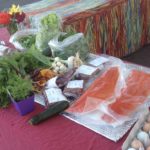
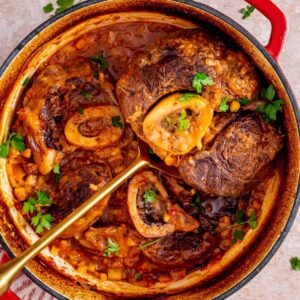
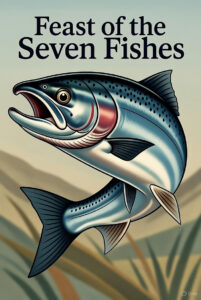
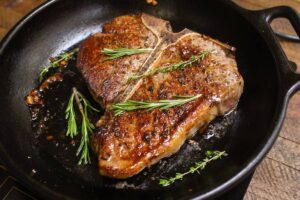

No comment yet, add your voice below!